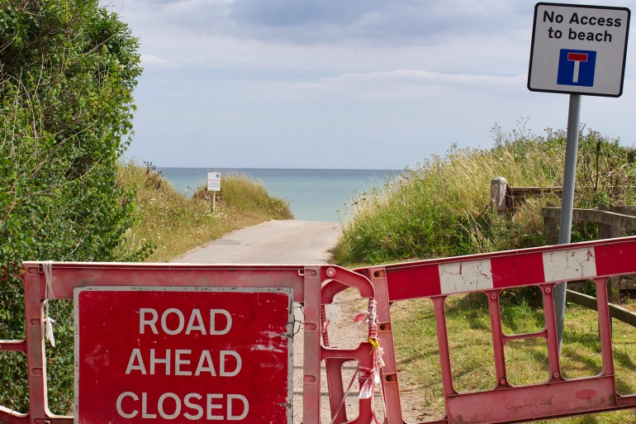Two years ago, Nicola Bayless was taking her evening walk in Happisburgh, a tiny village on the eastern coast of England, when a big chunk of the cliff fell down.
“It sounded like thunder. Like a click of fingers and it’s gone. You had no chances if you stood under that,” she recalls while sitting on the front step of her home overlooking the sea.
Known as the English town worst-hit by coastal erosion, it is estimated that Happisburgh will lose around 97 metres (318 feet) of its coastal land during the next 20 years.
Bayless, 44, works as a nurse and lives in the cottage she inherited from her parents, the Beacon House, one of the few left by the village’s cliff. Every time a piece falls down, her entire home shakes.
“Sometimes it happens very late at night and I worry that it’s an earthquake or that someone is entering the house,” she says.
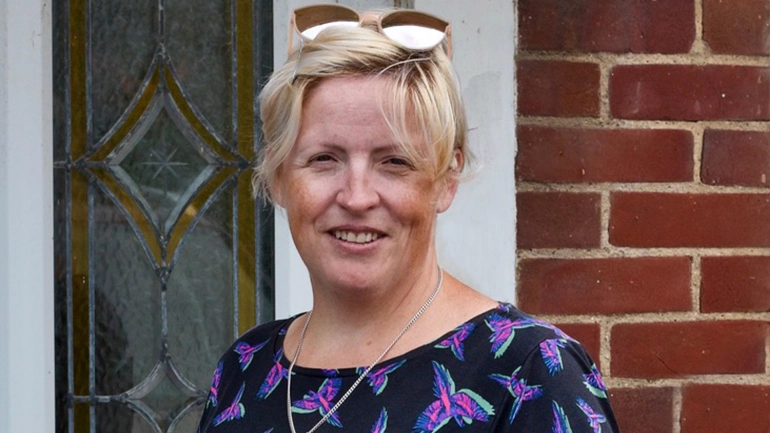
Hers is among the 8,900 properties in England at risk of disappearing before the end of the century, as shores erode rapidly and the land collapses into the sea. If no action is taken, those figures could reach 100,000 by 2080, a report by the Committee on Climate Change revealed.
Bayless’ teenage daughters are often reminded that they cannot keep “too much clutter” because one day they will move out. “It will be happening quite soon, in the next 20 to 25 years,” she explains. “You cannot stop the sea, no matter how much you try.”
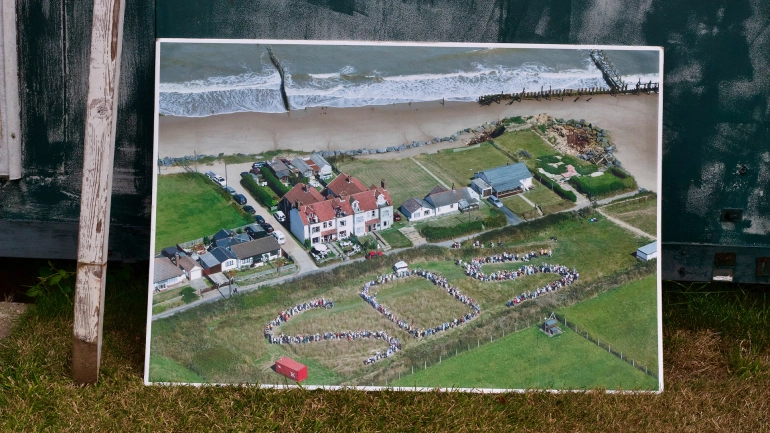
Coastal erosion is a natural process, particularly along English soft coasts, however, experts blame global warming for accelerating the phenomenon.
Sea levels around the UK have risen by 15cm (six inches) since 1900 and globally they could increase 1.12 metres (four feet) by 2100 if targets on emissions are not achieved.
“Unlike flooding, erosion is a permanent change which is quite hard to address,” said Dr Charlie Thompson, manager of the South East Regional Coastal Monitoring Programme at the Channel Coastal Observatory.
“Trying to protect against these processes is going to be technically and economically very difficult,” warned Thompson. Based on recent surveys, she believes that a more adaptation-focused approach is the ultimate solution.
The UK government’s coastal management strategy changed this year from investing in sea defences towards relocating communities at risk. However, no clear guidance has yet been offered on how or when these communities will be moved. Many people losing their homes may not receive any compensation.
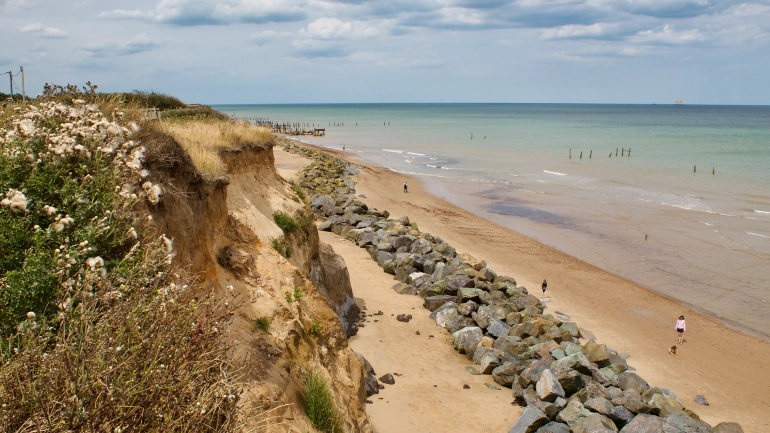
Fairbourne, the ‘decommissioned’ town
England has one of the fastest erosion rates in Europe, but the problem is critical all over the UK. Fairbourne, a town of 1,000 people nestled between the Welsh mountains and the ocean, made national and international headlines for its fate.
A 2013 local council ruling stated that its residents will have to be relocated by 2054, as protecting the area from flooding and erosion became increasingly difficult. It will become the UK’s first town to be “decommissioned” because of climate change.
For the community, this came as a shock. “If you take this house away from me, and you don’t give me any compensation, I’ll have to rent in my older years and that makes it an absolute nightmare,” said resident Mike Thrussell.
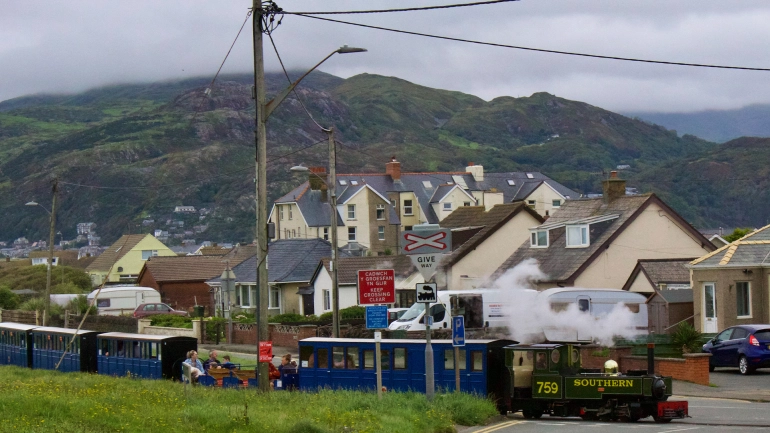
Thrussell, a 65-year-old Welsh-born angling journalist, has lived in his Fairbourne house for more than half of his life. He built “a real affinity with the area” thanks to his job, which allows him to spend most of his time on the coast.
Since he heard about the relocation, his priorities have drastically changed. He and his partner do not dare to renovate their kitchen or go on holiday because they fear they might need the money. “You can’t make the basic decisions that normal people do,” Thrussell said.
But many other communities are going to suffer the same fate. In the UK alone, nearly 20 percent of the coastline is already vulnerable to sea-level rise.
“Somebody has got to think very quickly and very deeply at some solutions,” Thrussell stressed. “You can’t just dump people in a tent in a field.”
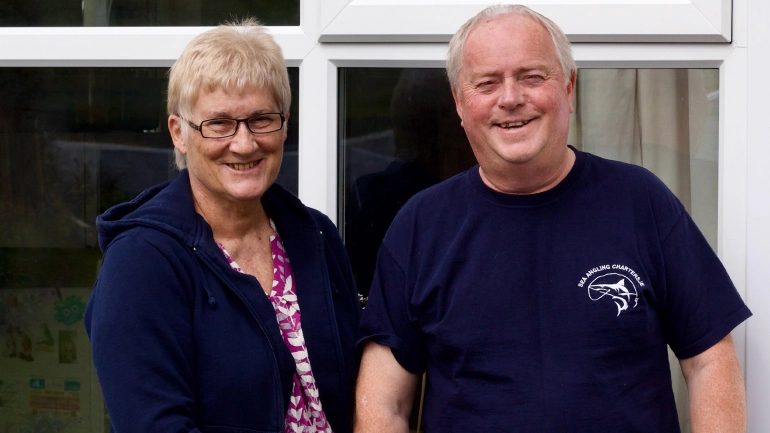
The UK’s first ‘climate refugees’
In the last seven years, house prices have plummeted in Fairbourne and visitors stop by for the thrill of “disaster tourism”.
Residents received a lot of media attention, being framed as the “UK’s first climate refugees”. Many in the community reject the label. “I don’t like that term, I hate it,” said Thrussell shaking his head. “The problem is, it’s very accurate.”
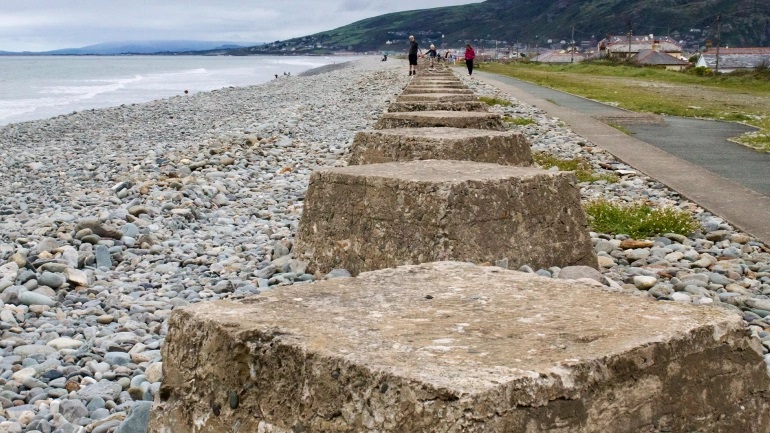
Dr Simon Behrman, a lecturer in Law of Asylum at the Royal Holloway University of London, agreed with that. “The word ‘refugee’ captures the notion of danger. People are being forced to move because their lives are under a serious threat,” he explained.
But being a refugee often comes with stigma, especially in developed countries. “It’s a matter of political mood and narrative,” commented Dr Avidan Kent, who teaches international law at the University of East Anglia.
However, looking at climate displacement in Europe “raises awareness that other communities elsewhere are facing similar problems, but they don’t have the resources we have over here,” Kent said.
According to the World Economic Forum’s Global Risk Report 2019, roughly 90 percent of the world’s coastal areas will be affected by rising seas. At least 570 cities and 800 million people will be at risk by 2050.
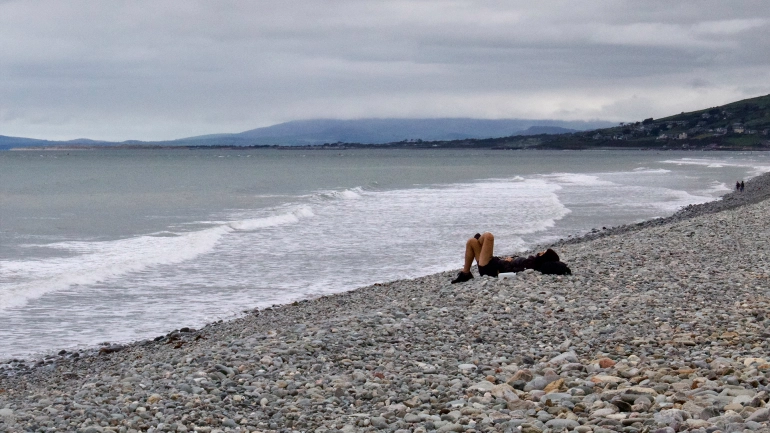
Finding community
Back in 2013, a group of residents set up Fairbourne Moving Forward, a multi-agency project raising funds to address the village’s issues during the coming decades.
“Because the subject is quite scary, the council thought we would just lay down and accept the situation,” said Angela Thomas, Thrussell’s partner. “But it’s not good burying your head in the sand.”
Happisburgh’s villagers share the same attitude. “We had various public meetings with the whole community. People were getting extremely agitated because of the erosion,” explained Malcolm Kerby.
Eighty-year-old Kerby moved to Happisburgh in 1999 and has lived there since, with his partner, a horse called George and a blind black cat. He is well known in town for founding and coordinating the Coastal Concern Action Group (CCAG), a civil organised movement fighting for renewal of the area’s failing sea defences.
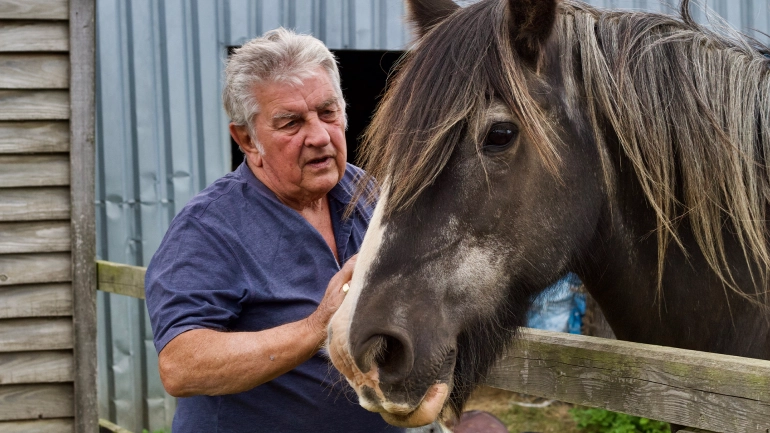
During his many years in the CCAG, Kerby has campaigned for proper coastal management and social justice. In 2009, the group implemented the Coastal Change Pathfinder, a three-million-pound ($3.9m) project to help the community adapt to the consequences of coastal erosion. “It’s not exactly what we wanted, a full compensation, but it was a major assistance to the people,” said Kerby.
The Pathfinder acquired and relocated some properties at risk, enhanced the clifftop, and provided contributions to local businesses. Nearby communities showed interest in the project and it quickly gained national recognition. “What we did was quite remarkable,” Kerby reflected, proudly.
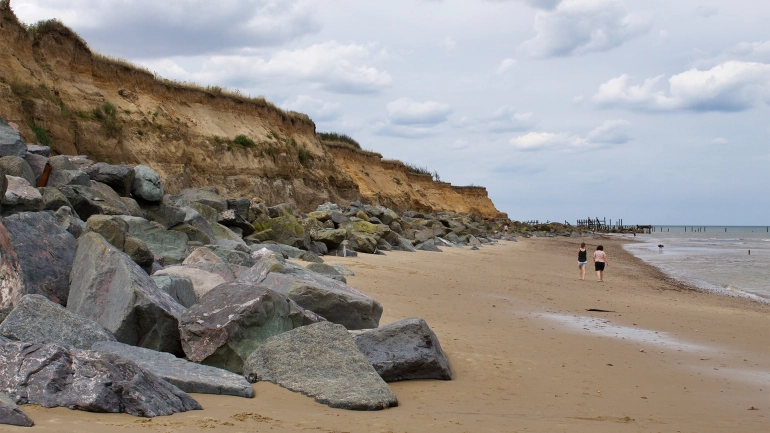
Nicola Bayless shares the same pride for Happisburgh’s community. “Here, we all come together and look after each other in tough times. You can’t sit and think: ‘Oh, my house is gonna fall in the sea’. It’s not going to help anyone being miserable about it.”
Her plan is to continue living at the cottage on the cliff, as long as the sea allows it.
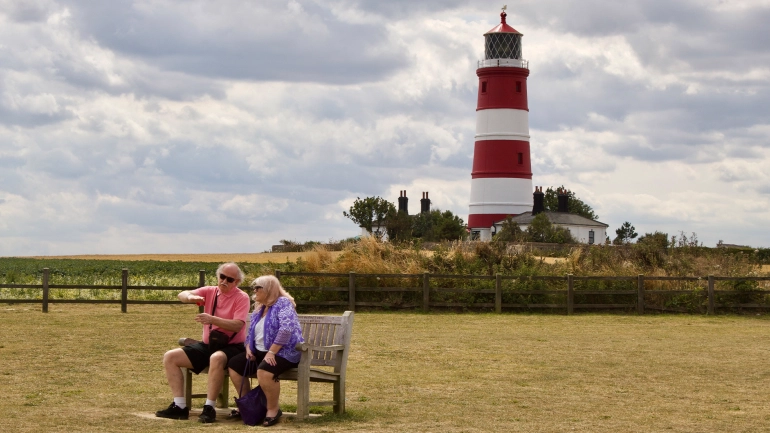
“People always show it as doom and gloom, but there are a lot of good things down here. I am just happy to live here.”
Latest Stories
-
Tanzanian politician’s lawyers ask UN to declare his detention arbitrary
52 minutes -
Nigeria detains soldiers, police over weapons sales to armed groups
1 hour -
Ghana gold output could rise 6.25% to 5.1 million ounces in 2025
1 hour -
French Open scheduling pleas ‘like hitting head against wall’
1 hour -
‘Angry’ Alcaraz beats Shelton to reach quarters
2 hours -
Spurs to complete £21m Danso signing
2 hours -
Manchester United second most valuable club despite struggles
2 hours -
Inter want Inzaghi to stay despite record final defeat
4 hours -
Barcelona in talks over free transfer swoop for Arsenal’s Thomas Partey
4 hours -
Man Utd confirm deal for Wolves’ Cunha
4 hours -
Two dead and hundreds arrested in France after PSG Champions League win
4 hours -
Three dead after fire in elderly ward at Hamburg hospital
4 hours -
Heartbreak as cash-strapped Nigerians abandon their pets
5 hours -
Mining in Motion: African leaders arrive in Ghana for landmark industry summit
5 hours -
Trump’s tariffs ‘not going away’ as deadline for deals loom, top adviser says
6 hours

